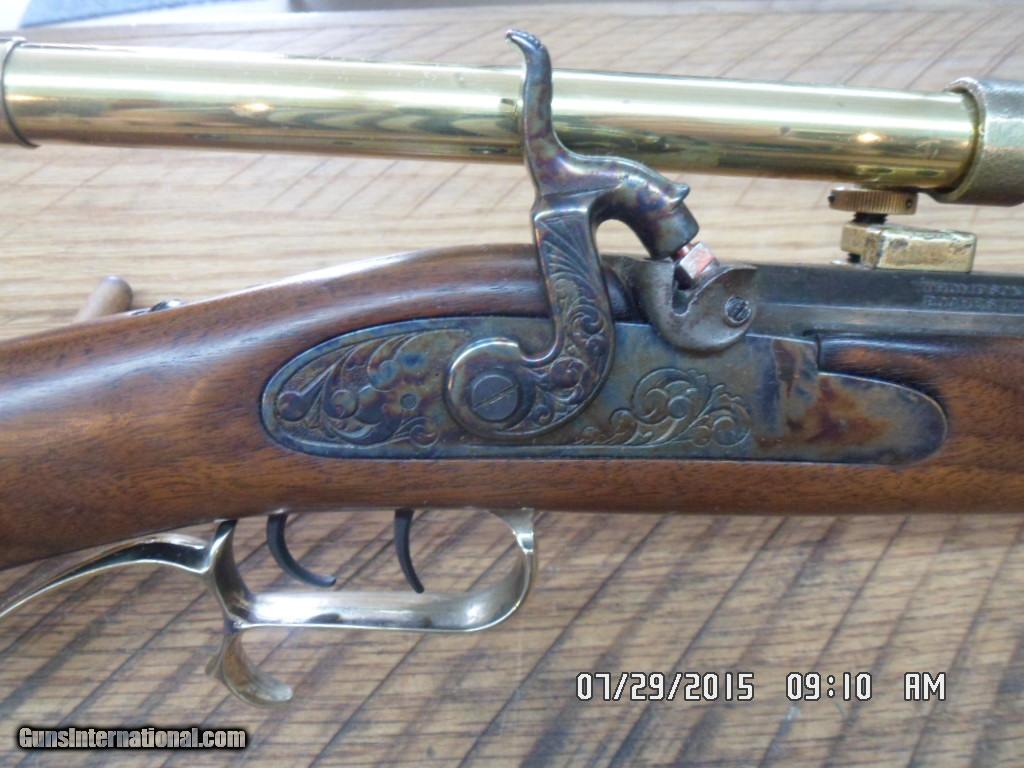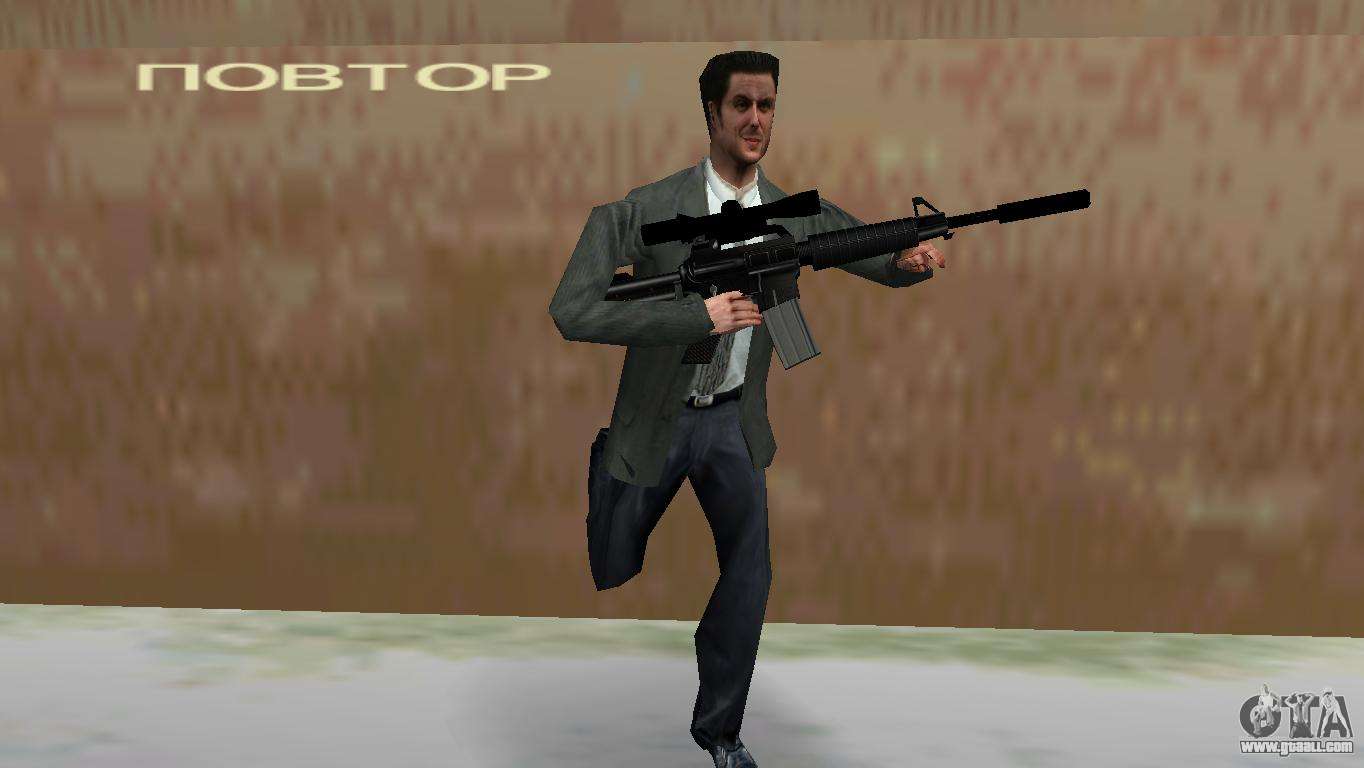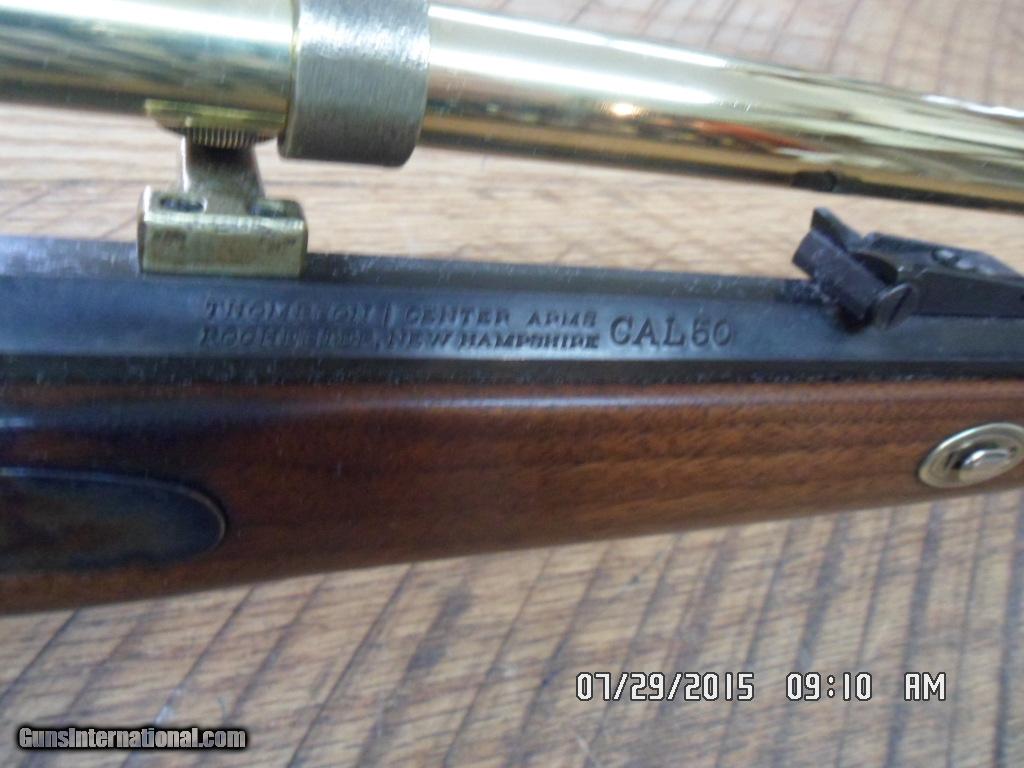
Build Track's Jim Bridger's Hawken Rifle kit, 1-1/8' straight, or tapered octagon 36' barrel, traditional iron, or fancy brass trim, maple, or walnut stock Track's very best Jim Bridger's Hawken Rifle parts were selected by the well respected gunmaker, Michael Hayes of Park Rapids, MN, who built the fine rifle with tapered octagon barrel, shown above. Stocked in curly maple, this nice. These scopes work for every rifle from late-model percussion muzzle-loaders, through the black powder cartridge rifle era, to the early smokeless cartridge rifles. True to the originals, the long-tube model features a graduated 'rabbit-eared' rear scope ring and the short-tube models a 'caged' rear scope ring. Yes, its a long brass tube scope. It was made by Tasco, is 32 1/2' long and the tube is 3/4' dia. The power is 4x fixed, and the windage is adjusted via a screw setting on the rear mount, elevation has to be adjusted by shimming underneath the front mount. High quality brass tube scope, ¾” in diameter, 4X – 15mm objective lens, 3” eye relief. Fully coated optics for a sharp view. Brass screw caps on each end protects lenses. Includes unpolished, flat-bottomed brass mounts (for octagon barrel), allows elevation adjustment at the rear with windage adjustment on front mount. The Hawken Shop® Oak Harbor, WA 1-360-679-4657 Contact Us “It’s more than a rifle-it’s history” In the early 1800's Jake and Sam Hawken formed a family partnership as gun-makers in St. Louis and began producing their soon to be famous 'Hawken Rifle'.


Brass Scope For Hawken Rifle Parts
This particular rifle, and telescopic rifle sight, was built by master riflesmith Morgan James, of Utica, NY in probably the late 1850's or early 1860's - and saw service during the Civil War as one of the very first telescopic sight (a.k.a. riflescope) mounted military sniper rifles, or as they were known then, a Sharpshooter rifle. Typical of the period, this rifle was likely of .40, .44 or .45 caliber, although .48 and .50 caliber was fairly common as well, and rifled with a fast turn-in-18 to 22 inches rifling twist. The bullets that performed so well out of these rifles were generally three or more times in length as in diameter, and needed the fast rate of rifling twist to stabilize the lengthy projectiles in flight - especially when shooting at 40 rods (220 yards). The big lead bullets commonly weighed, depending on the caliber of the rifle and the rate of rifling twist, between 400 and 600 grains, and were often paper patched for best long-range accuracy.
